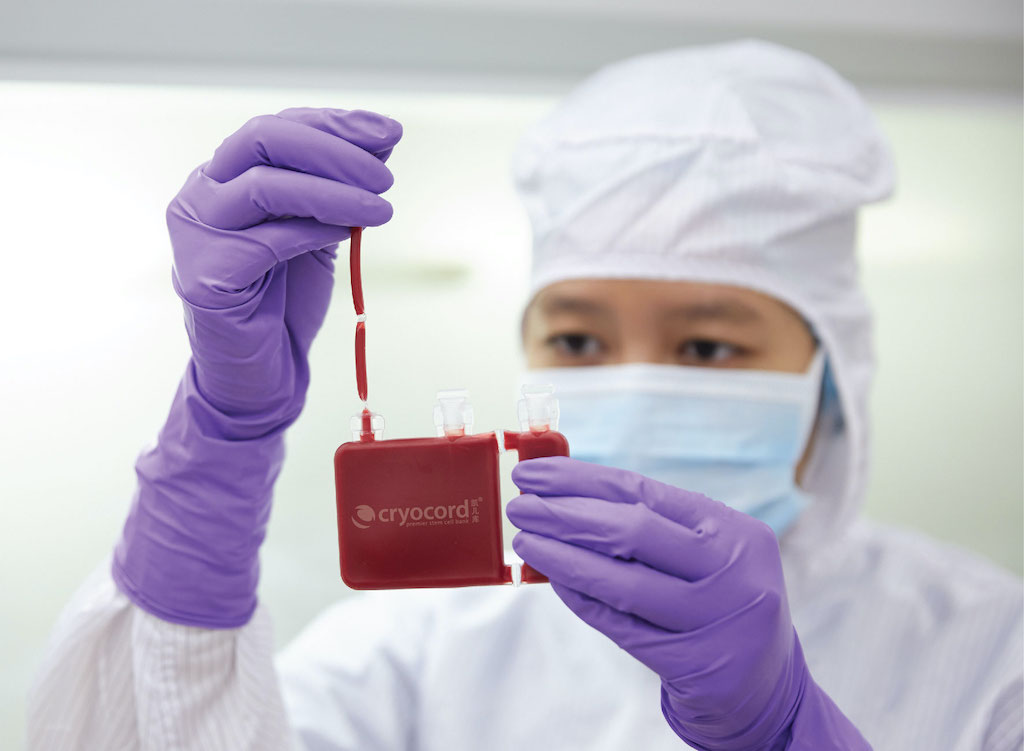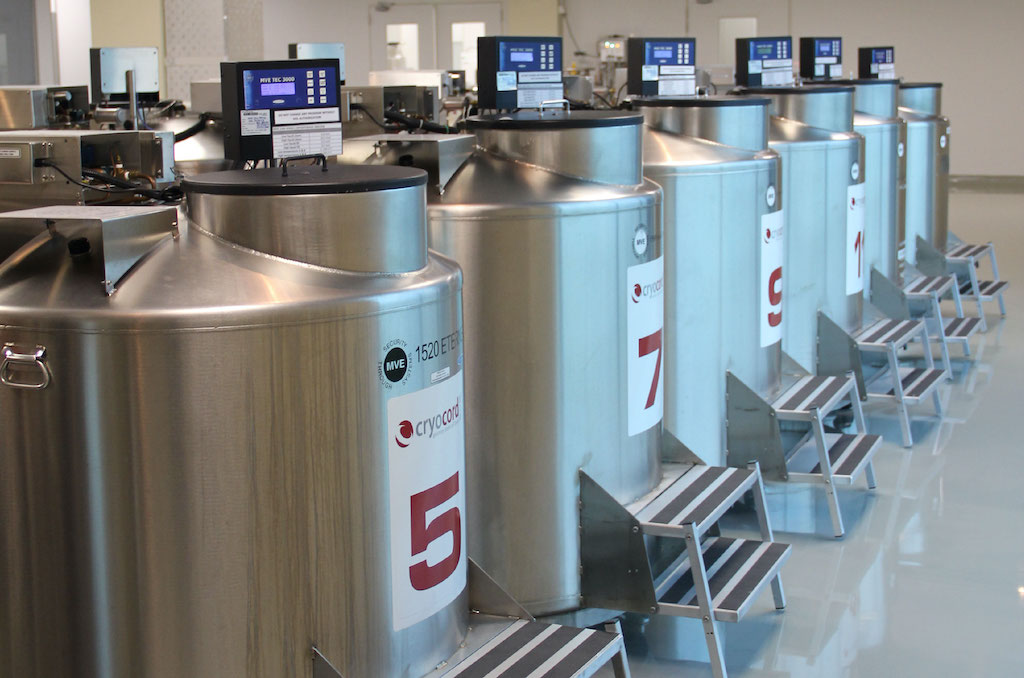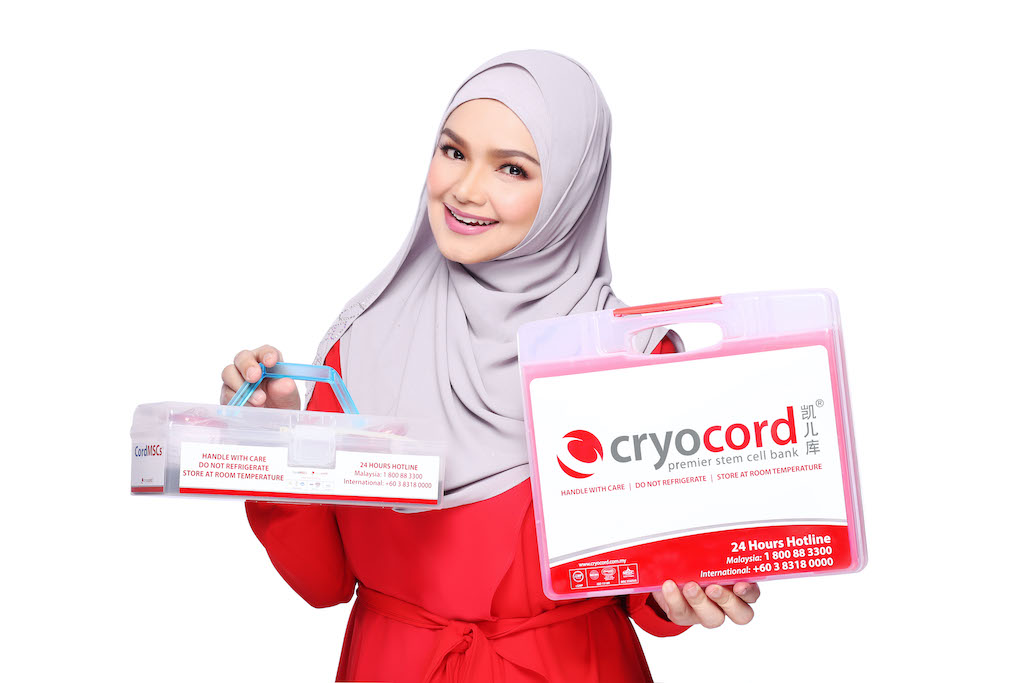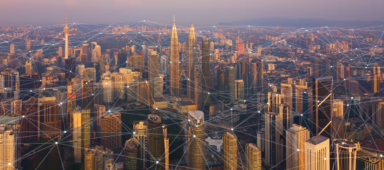In addition to doing ground-breaking research, Malaysia’s leading stem cell bank offers families the chance to fight life-threatening illnesses
In partnership with CryoCord
Cryo-preserving stem cells from a newborn’s umbilical cord for life-saving treatments two decades later – it sounds like a sci-fi film, but stem cell banks are very much a present-day reality. A painless and relatively affordable procedure, stem cell banking provides families with a deposit of stem cells that can be used to treat dozens of health complications, from leukemia to strokes.
Among the leading stem cell banks in Southeast Asia, Malaysia’s CryoCord – founded in 2002 by Emeritus Professor Dr. Cheong Soon Keng and Dr. Then Kong Yong – is also leading the way in new research that could expand the medical uses of stem cells.
Here, we speak to CryoCord’s managing director, James Then, about the many advantages of having a private stem cell deposit for your family, as well as how to choose a credible stem cell bank.

For the uninitiated, what are stem cells and cord blood?
Stem cells are the mother of all cells. They possess two key properties: one is the cell renewal property, meaning the cell can split off and make another, and the other is cell differentiation, which means they can mature into cells for different parts of the body.
Cord blood – found in the umbilical cord of a newborn – is rich in hematopoietic stem cells (HSCs) that can differentiate into red blood cells, which carry oxygen to various tissues in the body; white blood cells, which provide immunities; and platelets, which aid healing upon injury.
Cord tissue also contains mesenchymal stem cells (MSCs), which can differentiate into a variety of cells such as heart, cornea, kidney and fat. These stem cells are otherwise found in bone marrow and a few other locations in the body.

So why would we want to cryo-preserve and bank these cells?
A patient who suffers from leukemia or thalassemia major, both deadly blood diseases, would require very strong chemotherapies that would destroy their bone marrow. But a bone marrow transplant requires a perfect match, otherwise the chances of success are very low. With cord blood stem cells, you only need a partial match.
Instead of throwing away the cord and the stem cells it contains when the baby is born, people have been storing them for future use. We’re the first company in Southeast Asia to extract MSCs from cord tissue. This is important as current studies on MSCs are examining their impact on fighting Covid-19 and related immune modulation.
Tell us more about your company, CryoCord.
We launched in 2002 and began offering our clients the option to store MSCs in 2009. We’re the only company in Malaysia actively doing clinical trials on MSCs. Our services are also extremely affordable: you can store stem cells for up to 21 years for RM6,000, which is payable either as a lump sum or through installments.

Is storing and using MSCs an experimental treatment?
Not at all. There are currently six countries in the world that have approved MSC-based therapies in the treatment of a variety of diseases, such as osteoarthritis and diabetic foot ulcers. They include Korea, Japan, India, New Zealand, Canada and the European Medicines Agency.
What sets you apart from other stem cell banks?
We’re one of the oldest and largest, with over 60,000 clients, a number that’s increasing year-on-year. Also, while many other companies simply store the cord tissue, we believe in isolating the cells from the cord tissue. We ensure the tissue we’ve collected has viable stem cells, isolate the cells and grow the cells into a specific number before storing the deposit.
If the cells cannot be extracted for some reason from the tissue, we issue a full refund. Storing cells has a much longer history than storing tissue. The cells are viable after many years of storage, and when needed in an emergency situation, we can quickly culture the cells.

What kinds of emergency situations, and how far can these cells travel?
In emergency situations such as strokes or heart attacks, the cells have to be available at short notice. Our cells are exported as far as the US and Australia, using cold-chain cryo-shippers. It’s a tank where you pour in a small amount of liquid nitrogen, below -190 degrees Celsius, and the shipment can last from a few days to a few weeks. Many logistics companies have specialised divisions for the transport of cells and organs.
What’s the difference between a private stem cell bank such as yours and public donor registries?
At a private bank, the deposit belongs to the family and there’s a very strong chance of a match, as compared to the public bank, where the search for a perfect match can take a long time. Public banks also have limited funding, so they may not collect a wide range of samples or have the resources to store your cells for public use, even if you wanted to donate.
How does one choose a credible stem cell bank?
In addition to being licensed, a credible bank will have good financial practices, and will park their storage fees with a trust, so that should the company go under, the depositors’ cells are still cared for. A stem cell bank that has been accredited by the American Association of Blood Banks (AABB) and complies with Current Good Manufacturing Practice regulations also has more credibility. Finally, a good bank does not over-promise. Stem cells are a great medical product, but they’re not a cure-all, and treatment for many diseases are still only in the trial stages.

Among the many clients of CryoCord is Malaysian singer and CryoCord ambassador Dato Sri’ Siti Nurhaliza, who has also hopped on the bandwagon and stored her child’s stem cells at the private stem cell bank. To find out more about CryoCord and its services, visit its website here.

